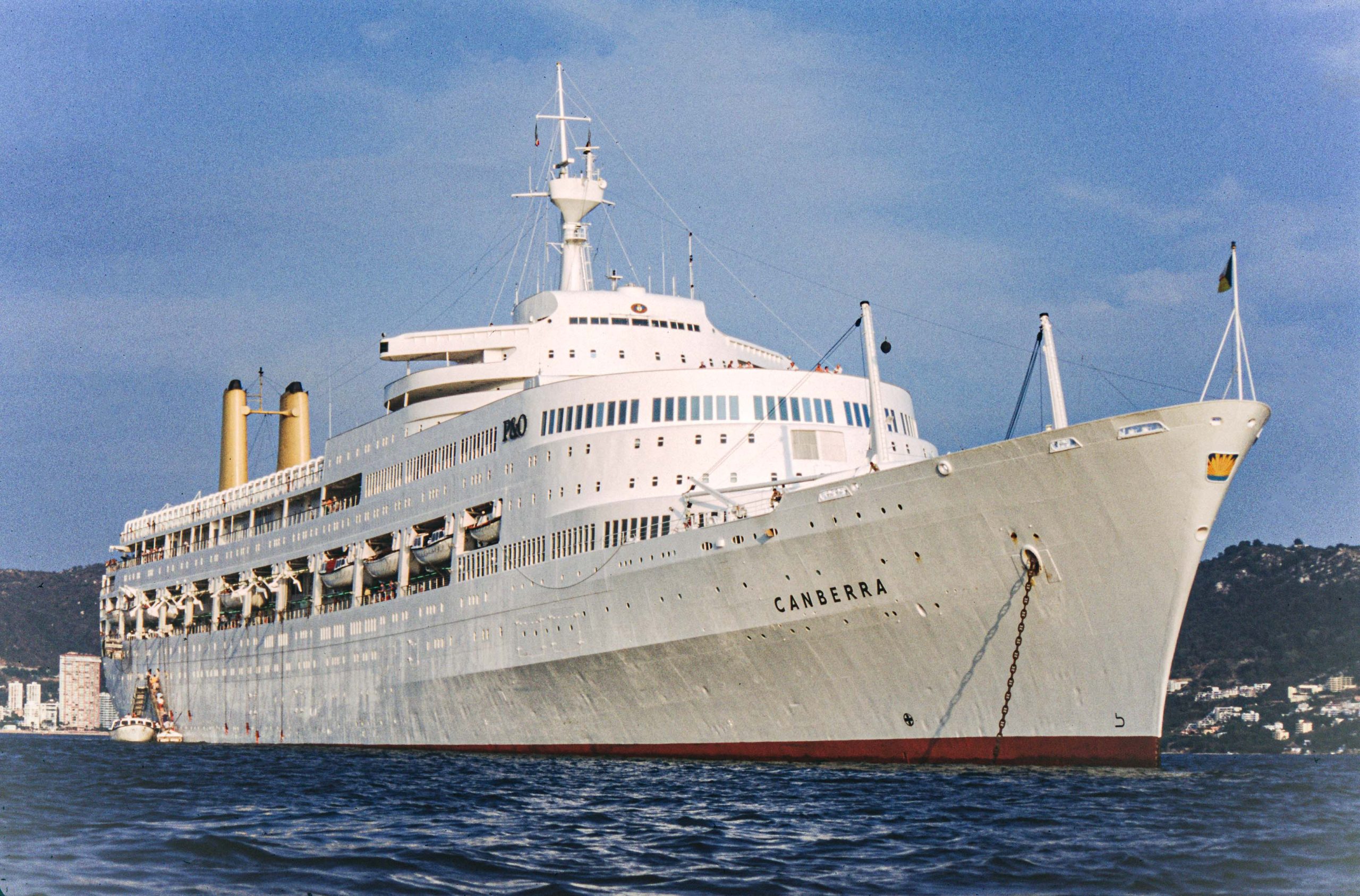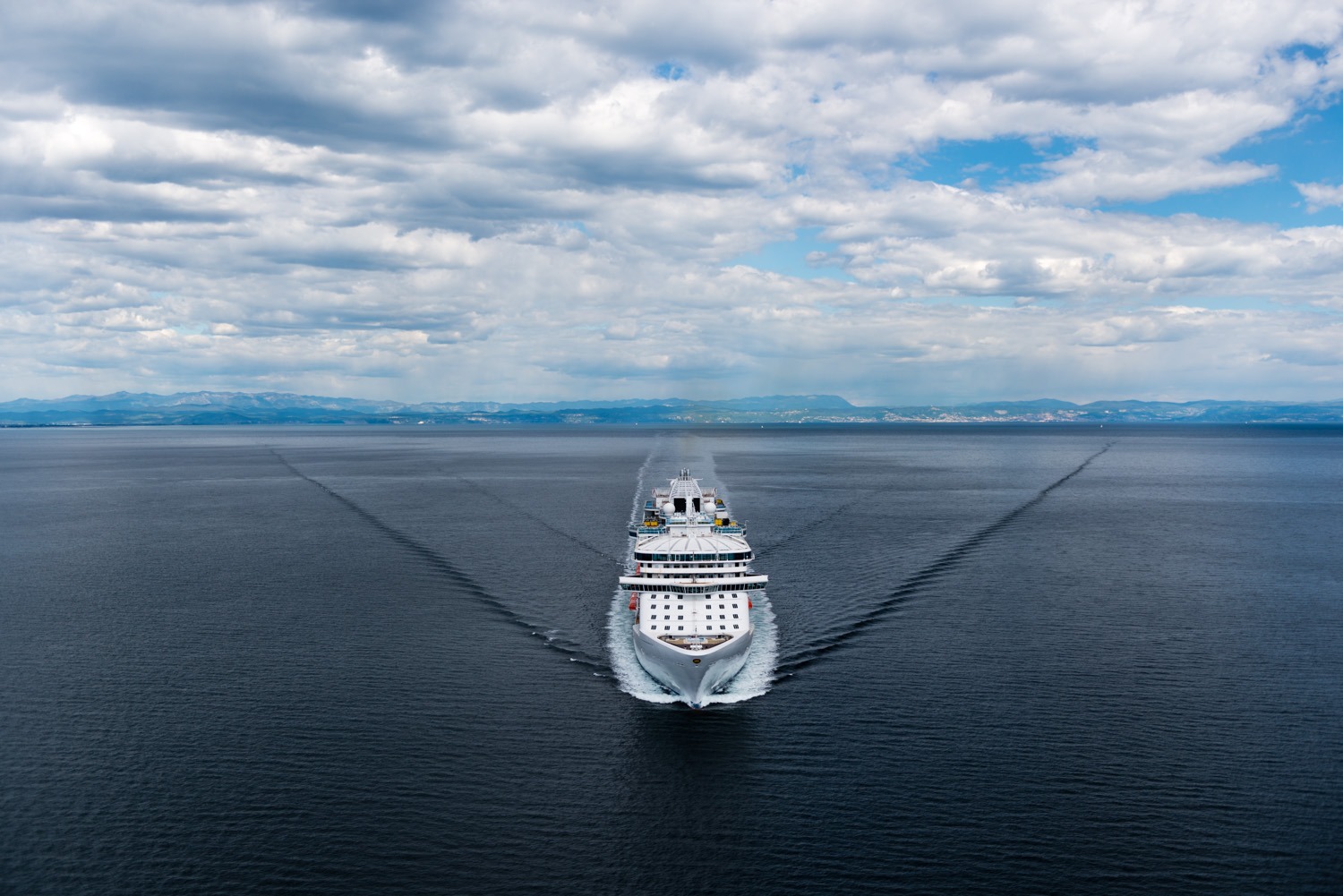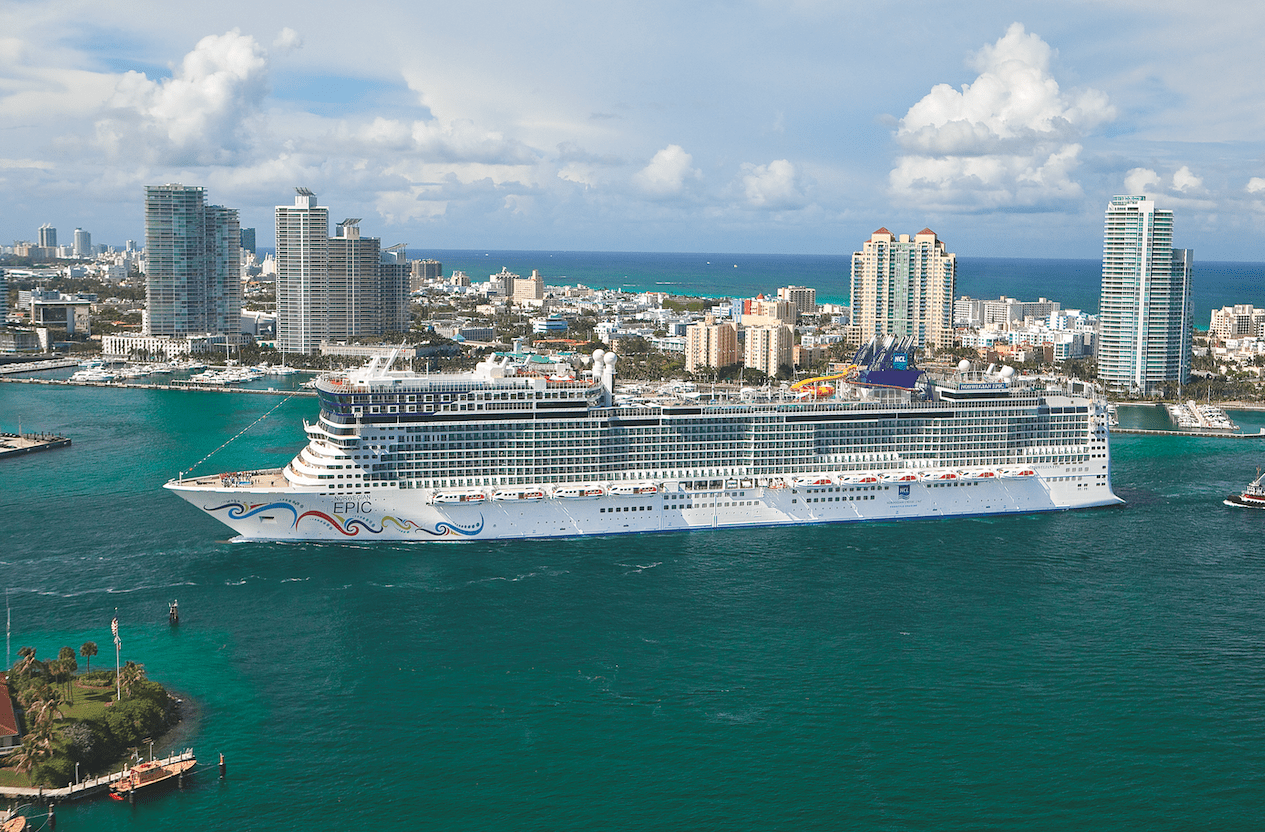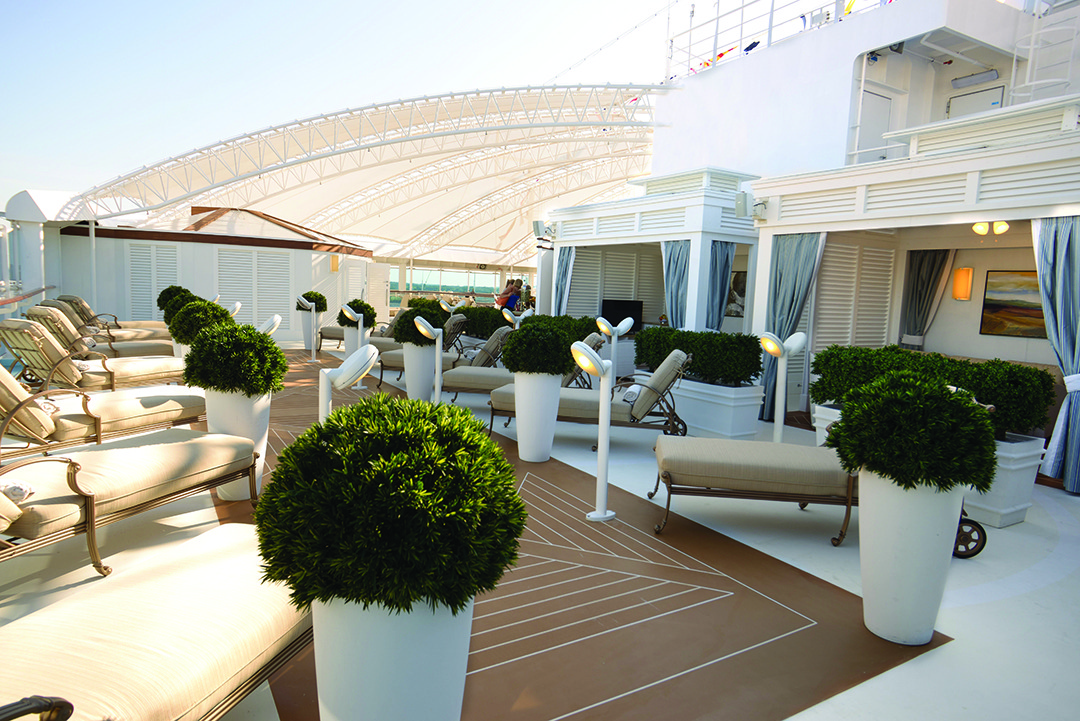
Cruise Ships to the Rescue!
History has shown that when the going gets tough, passenger ships often get going in innovative and essential ways. Whether it be due to war, political crises, or natural disasters, ocean liners and cruise ships have played essential roles as transports, rescue ships, floating hospitals, and accommodation centers.
The COVID-19 pandemic is just the most recent event to summon large cruise ships into humanitarian service. To accommodate workers in Singapore who are recovering from infections, Hong Kong–based Star Cruises drafted their SuperStar Gemini (ex-Norwegian Dream) and SuperStar Aquarius (ex-Norwegian Wind). Similarly, to assist in badly ravaged Northern Italy, the cruise ferry Splendid, operated by MSC’s Grandi Navi Veloci ferry division, served as a floating hospital and housing for recovering patients in Genoa. Closer to home, the Carnival Corporation stepped up for the same cause by offering members of its fleet for similar use. According to Carnival’s Senior Vice President and Chief Communications Officer Roger Frizzell, while it hasn’t been acted upon as of yet, that proposition still stands, not just for the United States but for affected communities around the world.

Going back to World War I, almost every ocean liner afloat was inducted into trooping service. Sporting dazzle paint to confuse German U-boat commanders, mighty vessels like Cunard Line’s Mauretania and Carmania and White Star Line’s Olympic (sister to Titanic) served as armed merchant cruisers that brought troops in and out of the war zones. One Cunarder, the Franconia, transported thousands of wounded soldiers out of Gallipoli. Others, like Cunard’s palatial Aquitania and White Star’s Britannic (the third Titanic sister) served as hospital ships. In the case of Britannic, things went awry when that ship struck a mine and sank off the Greek Island of Kea in 1916.
World War II saw the enlistment of yet more legendary liners for war duties.
Excerpt Only. Click to Read the Full Article.
This is an excerpt from the latest issue of Porthole Cruise Magazine. To continue reading, click above for a digital or print subscription.
Peter Knego
Peter Knego, an Oceanside, California–based cruise journalist and historian, spent years traveling to the scrapyards of Alang, India, to purchase furniture and artwork from dying cruise ships for his Web site, www.midshipcentury.com. He has sailed on over 200 cruises and has written hundreds of articles and blogs on the subject.
You may also like
Cruise Ship Review: Royal Princess
Cruise Ship Review: Royal Princess Veterans and first-time cruisers will find Royal Princess is t
Cruise Ship Review: Norwegian Epic
Cruise Ship Review: Norwegian Epic Big Ship. Epic Achievement Norwegian Cruise Line’s latest and g
Regal Princess: A Regal Respite
Regal Princess Cruise Ship Review: A Regal Respite Princess Cruises’ newest ship Regal Prince









